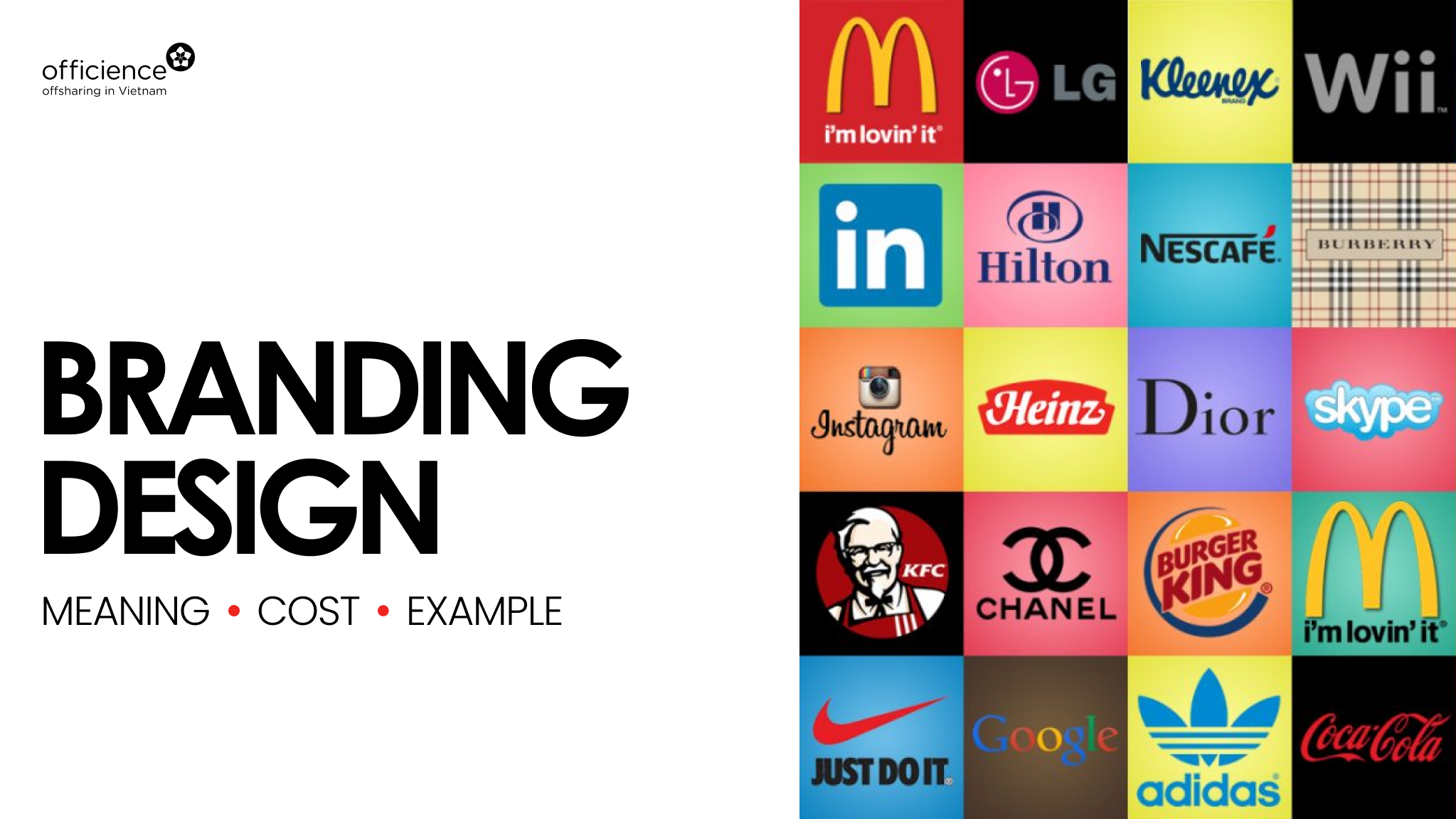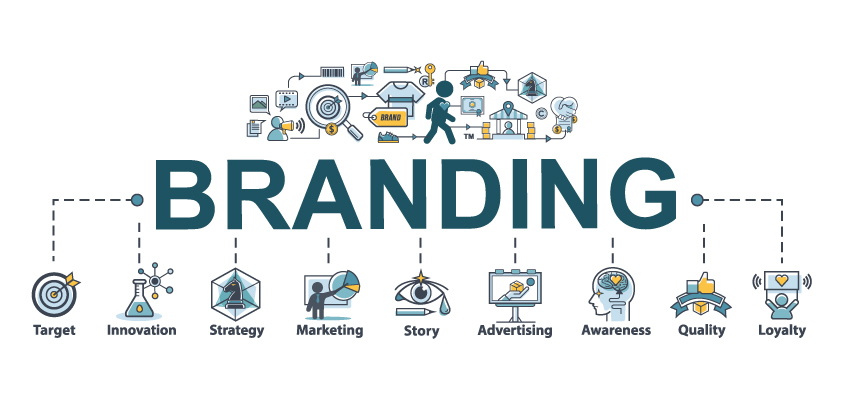Just How to Leverage Robust Branding for Sustainable Business Success
Just How to Leverage Robust Branding for Sustainable Business Success
Blog Article
The Power of Durable Branding: A Guide to Enhancing Your Brand's Stamina
A well-defined brand name identification not just sets a company apart however likewise cultivates count on and commitment amongst consumers. Numerous companies overlook important methods that can even more enhance their brand name's stamina.
Recognizing Brand Identification
A brand identity includes the distinct elements that identify a firm from its rivals and reverberate with its target market. This identification is created through various parts, consisting of aesthetic aspects, messaging, and general brand name experience. A cohesive brand name identity not just connects what a business stands for however likewise develops recognition and loyalty among consumers.
Central to brand name identity are aesthetic elements such as logos, color design, and typography. These parts produce an aesthetic depiction of the brand name that can stimulate certain sensations and perceptions. Uniformity throughout platforms strengthens brand acknowledgment and cultivates count on.
Furthermore, the messaging related to a brand name, consisting of taglines and interaction style, plays a pivotal function in forming its identification (Robust Branding). The intonation and language utilized can communicate the brand name's individuality, whether it is specialist, lively, or ingenious
Last but not least, the general brand experience, encompassing consumer interactions and touchpoints, influences just how customers view the brand. A regular and positive experience fosters a solid brand name identification that can sustain market changes and competitors. On the whole, a distinct brand identification is crucial for establishing a significant existence in today's dynamic industry.
Structure Emotional Links
Creating a solid brand identification acts as a structure for promoting emotional connections with consumers. These links are crucial, as they not only boost consumer loyalty but also encourage advocates who will champion your brand. To build emotional ties, brand names must initially determine the core worths and mission that reverberate with their target audience. By lining up these worths with the customers' beliefs, brands can develop a feeling of common function.
Storytelling plays a vital role in this process. Brands that tell relatable and genuine stories can stimulate feelings, permitting consumers to see themselves in the brand's journey. In addition, including visuals that show the brand name's significance can even more strengthen emotional interaction.
An additional efficient technique is to individualize client communications. Customizing experiences based on consumer preferences fosters a feeling of belonging and relevance. Engaging with customers via social media platforms can likewise improve these emotional connections, as it offers a room for dialogue and neighborhood structure.
Ultimately, brand names that prioritize emotional connections are more likely to grow lasting partnerships, bring about enhanced customer retention and advocacy. By developing meaningful interactions, brand names can transform customers into devoted supporters, driving long-term success.
Uniformity Across Networks
Maintaining consistency throughout all channels is vital for reinforcing brand identity and trust fund. When customers experience a brand, they expect a consistent experience, no matter of the system.
To accomplish this, organizations ought to establish clear brand guidelines that describe making use of logo designs, color combinations, typography, and tone of voice. These guidelines function as a reference for all staff member and outside partners, guaranteeing harmony throughout advertising products and client interactions.
In addition, regular audits of all communication channels can aid Read Full Report identify discrepancies and areas for enhancement. By actively checking these channels, brands can quickly resolve incongruities, consequently keeping a natural identity.
Eventually, a consistent brand name presence not just enhances acknowledgment yet also promotes a sense of integrity amongst consumers. When consumers understand what to expect, they are more probable to involve with and supporter for the brand name, strengthening its setting in a competitive industry.
Leveraging Brand Name Storytelling
Brand storytelling functions as an effective tool for appealing customers on a deeper emotional degree. By weaving narratives that mirror the brand name's values, goal, and personality, firms can produce a genuine link with their target market. An engaging brand tale goes beyond mere item features, inviting customers to enter into a larger story that resonates with their own experiences and ambitions.
To effectively leverage brand name storytelling, organizations have to determine their unique voice and core message. This story should be constantly connected with numerous channels, making sure placement with the brand's general identification. Involving tales can be shared through several styles, including social media, promotions, blogs, and videos, enabling brand names to get to consumers where they are most receptive.

Gauging Brand Name Stamina

To effectively determine brand toughness, companies can employ measurable methods such as surveys and analytics tools. Studies can assess brand name recognition and customer sentiment, while analytics can track involvement on electronic platforms. In Addition, Net Promoter Rating (NPS) functions as an important statistics to review client commitment and the likelihood of suggestions.
Qualitative information, collected with emphasis teams or social media sites listening, can complement measurable findings, providing a much deeper understanding of customer assumptions. Tracking market share and sales growth can additionally illuminate the brand's affordable standing.
Eventually, an extensive strategy to measuring brand toughness entails both quantitative and qualitative analysis. By regularly evaluating these metrics, brands can make informed choices to enhance their positioning, adapt to customer choices, and eventually enhance their market existence.
Final Thought

Lastly, the overall brand name experience, encompassing customer interactions and touchpoints, affects just how customers perceive the brand name. Brands that tell visit homepage genuine and relatable tales can evoke feelings, enabling consumers to see themselves in the brand name's journey. Ultimately, by leveraging brand narration, organizations can foster commitment, inspire campaigning for, and grow an area around shared values, therefore improving their total brand stamina.
While developing a solid brand identity is crucial, measuring brand stamina is equally important to evaluate its effectiveness and influence in the market (Robust Branding). Brand toughness incorporates numerous metrics, including brand name understanding, client commitment, and perceived value
Report this page